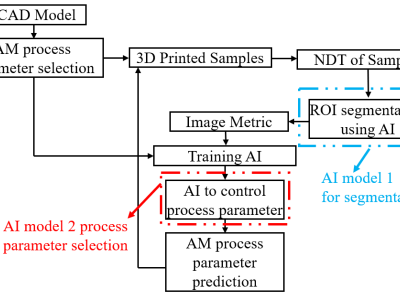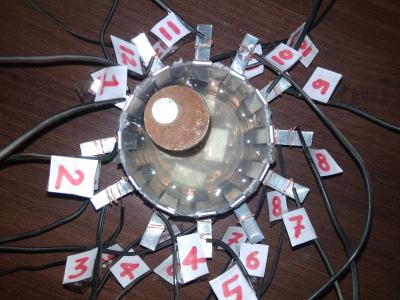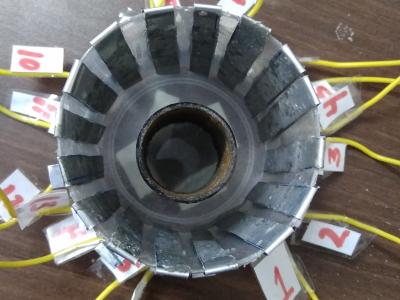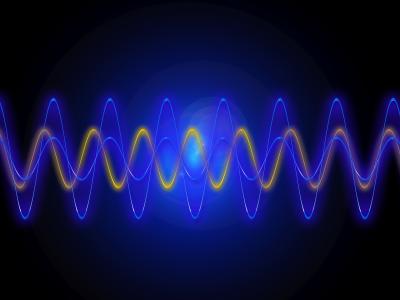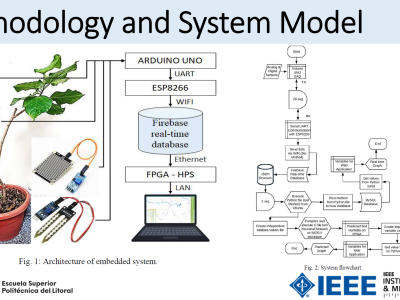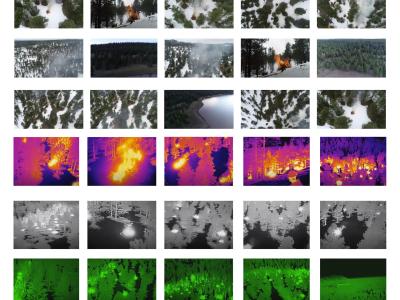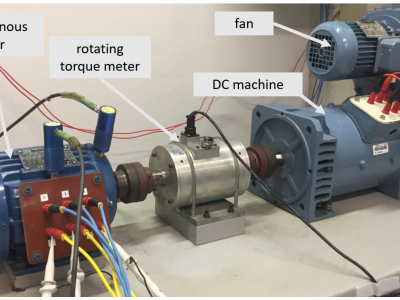AI Training Data for OCT-SLO Self Calibration and Automation
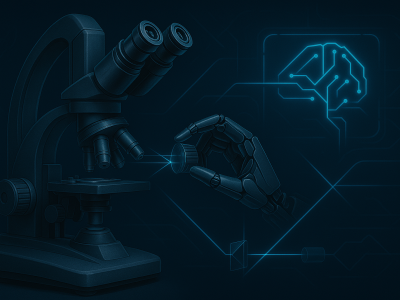
- Citation Author(s):
- Submitted by:
- mayank goswami
- Last updated:
- DOI:
- 10.21227/ah1m-0j07
- Data Format:
- Research Article Link:
- Links:
 169 views
169 views
- Categories:
- Keywords:
Abstract
Attached Image data set from combined OCT-SLO is used to train AI models and identify features to maximize quality of data set to adjust MZI reference arm, PMT Voltage of Liquid Lens and location of object. Why adjustment is needed is explained below:
1. Fourier-Domain OCT (FD-OCT), uses a spectrometer that can compensate for wavelength-dependent dispersion. However, residual dispersion mismatch may remain. Fine-tuning the reference arm length may help further minimize dispersion-induced phase errors. Even though the spectrometer compensates for dispersion, thus, MZI arms still need to be optically balanced for efficient interference, time-to-time.
2. In FD-OCT, signal strength decreases with depth. Adjusting the reference arm length can help optimize the depth range and improve the signal-to-noise ratio (SNR).
If the optical properties of the sample change significantly (e.g., refractive index variations), or differ than the standard sample adjustment of the reference arm to maintain optimal interference conditions is necessary.
3. Irrespective the integration of spectrometer, the interference fringe contrast may be sub-optimal, adjustment of the reference arm may bring it within the coherence length of light source. This is crucial for sources with a relatively short coherence length (for example, superluminescent diodes, SLDs).
4. If the optical properties of the sample change significantly (dynamic profile etc), default arm settings may not support spectrometer to fulling achive desired dispersion matching.
The above listed issues may be attributable to following reasons:
1. Finite spectral resolution of spectrometer,
2. Operational aging of optics affecting the spectral range, resolution, and dispersion properties.
What if MZI arms are not adjusted:
1. If the reference arm position results in an incorrect mapping of k-space frequencies, it can lead to aliasing or artifacts in the depth reconstruction.
Adjusting the reference arm ensures correct spectral calibration and avoids these distortions.
Instructions:
Simply total sum of these features is used as a scoring mechanism. MobileNet is loaded from TensorFlow. A dedicated function, "analyse_image" is written (attached to this article). This function first normalizes the pixels of all the 360 B-Scans, then converts them to an array, adding an extra dimension to the B-Scans set. Each B-Scan is pre-processed using the MobileNet model to obtain a feature that acts as a distinguisher. The "find_best_image" function takes a list of image paths as input and iterates over each B-Scan path to find the B-Scan with the highest score. The B-Scan set with the highest score (sum of features) obtained from the MobileNetV2 model is chosen as the best image set. The code iterates over a list of image paths and analyses each B-Scan using the analyze_image function. The analyze_image function loads the B-Scan, pre-processes it, and passes it through the MobileNetV2 model to obtain a feature vector. The sum of the feature vector is then calculated using np.sum(features). The hardware interfacing code in sequence keeps varying the lens's reference arm position and voltage (from one extremum to another) while acquiring and saving the successive sets of B-Scans. The mentioned AI model keeps estimating respective feature vectors for each alignment. The main code keeps track of the highest score encountered so far (best_score) and the corresponding B-Scans set path (best_image). If a higher score is found for a subsequent B-Scan set, the best_score and best_image variables are updated.


